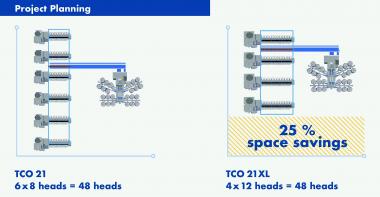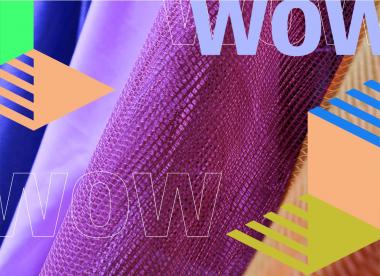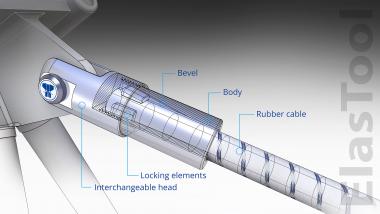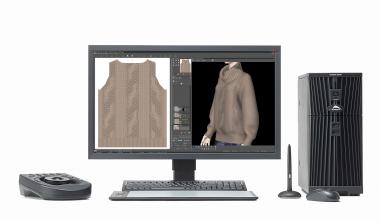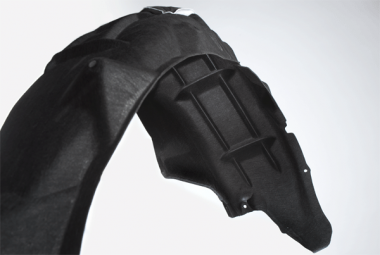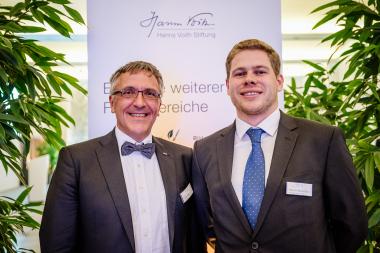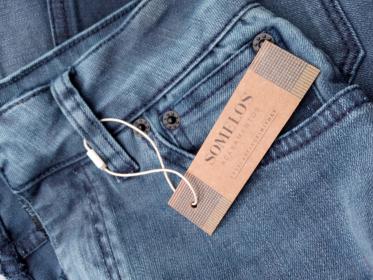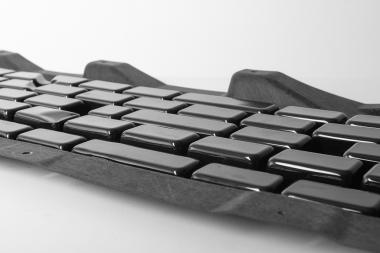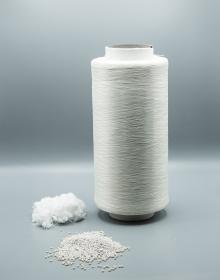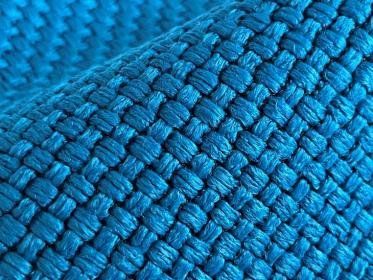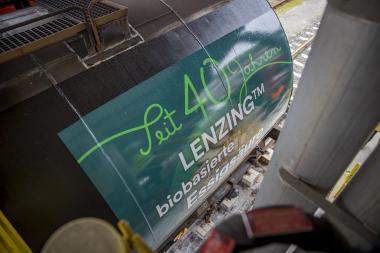TCO 21XL: 12 heads boost production
TRÜTZSCHLER Spinning presents an innovation for the textile machinery market: the high-performance comber TCO 21XL with 12 combing heads. For many decades, eight combing heads has been considered state-of-the-art in the spinning industry. Now, Trützschler’s advanced technology and engineering proves that it is possible to build a heavy-duty comber that maximizes productivity by 50 % and saves space without compromising on quality.
They say two heads are better than one, so just imagine what 12 heads can do! That’s the simple but effective idea behind the TCO 21XL. Increasing the number of combing heads by 50 % makes it possible to increase productivity by 50 %, enabling rates of up to 150 kg/h. As a result, two TCO 21XL combers offer the same production capacity as three conventional combers. And that means companies that buy and operate two machines instead of three can achieve significant benefits in terms of their price-performance-ratio (cost/kg). The costs of running the machines are broken down into 12 instead of eight heads, making the machine more cost-effective over its entire operating life.
50 % higher productivity is great – and it can be even greater if the machine is operated with JUMBO cans. The can changer needs to keep up with the extra performance, and JUMBO cans can easily collect the additional output of the TCO 21XL because they feature a 1200 mm diameter. This makes it possible to minimize non-productive time when changing cans. Anybody who is planning a new spinning mill knows that every square meter of space adds to the overall costs. The new TCO 21XL comber offers huge benefits in this regard because 25 % less floor space is required to operate same number of combing heads. This reduces the initial building costs, while also decreasing operating costs related to lighting, air conditioning and other overheads.
Trützschler Group SE


